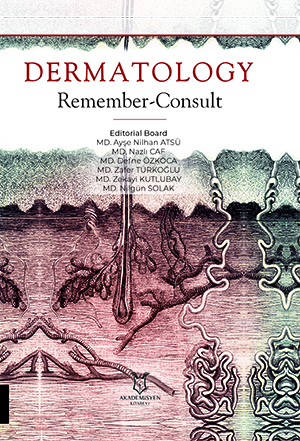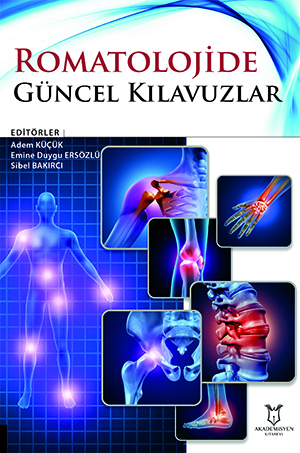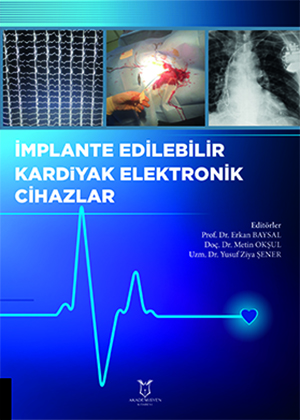Alzheimer's
disease (AD) is a neurodegenerative disease accompanied by neuropsychiatric
symptoms and behavioral changes. The pathogenesis of AD is a very complex
process and there are epidemiological studies indicating that it is not due to
a single factor. Multiple factors such as extracellular amyloid beta accumulation,
abnormal phosphorylation of tau protein in the cell, impaired cholinergic
transmission, increased neuroinflammation, loss of mitochondrial function, and
impaired synaptic transmission play a role in the pathogenesis of AD. Although
it is not currently possible to develop an experimental model that fully
reflects all manifestations of AD seen in humans, existing experimental models
are used to mimic some aspects of the disease. These models focus on key
pathological features such as senile plaque accumulation, neurofibrillary
tangle formation, and neuronal loss.
Bu kitabın bölümleri bulunmamaktadır.
Atıf Sayısı :
























